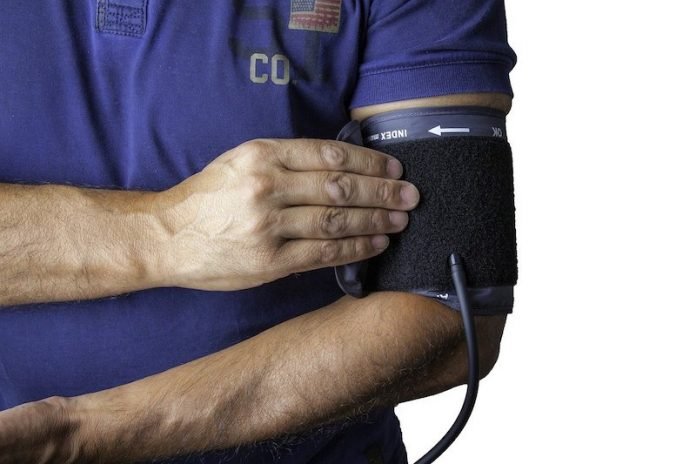
In a new study, researchers confirmed that a difference in blood pressure readings between arms is linked to a greater risk of heart attack, stroke, and death.
The new finding provides a new upper limit of ‘normal’ for an inter-arm difference in blood pressure, which is significantly lower than the current guidance.
The study could lead to a change in international hypertension guidelines, meaning more at-risk patients could be identified and receive potentially life-saving treatment.
The research was conducted by a team at the University of Exeter and elsewhere.
Blood pressure rises and falls in a cycle with each pulse.
It is measured in units of millimeters of mercury (mmHg), and the reading is always given as two numbers: the upper (systolic) reading represents the maximum blood pressure and the lower (diastolic) value is the minimum blood pressure.
High systolic blood pressure indicates hypertension.
This affects one-third of the adult population and is the single leading cause globally of preventable heart attacks, strokes, and deaths.
A significant difference between the systolic blood pressure measurements in the two arms could be indicative of a narrowing, or a stiffening, of the arteries, which can affect blood flow.
These arterial changes are recognized as a further risk marker for subsequent heart attack, stroke, or early death, and should be investigated for treatment.
In the study, the team did a meta-analysis of all the available research, then merged data from 24 global studies to create a database of nearly 54,000 people.
The data spanned adults from Europe, the US, Africa, and Asia for whom blood pressure readings for both arms were available.
The team analyzed data on the inter-arm blood pressure difference and tracked the number of deaths, heart attacks, and strokes that occurred in the cohort over 10 years.
They concluded that each mmHg difference found between the two arms elevated the predicted 10-year risk of one of the following occurring by one percent; new angina, a heart attack, or stroke.
The team says checking one arm then the other with a routinely used blood pressure monitor is cheap and can be carried out in any healthcare setting, without the need for additional or expensive equipment.
Whilst international guidelines currently recommend that this is done, it only happens around half of the time at best, usually due to time constraints.
The research shows that the little extra time it takes to measure both arms could ultimately save lives.
One author of the study is Dr. Chris Clark.
The study is published in Hypertension.
Copyright © 2020 Knowridge Science Report. All rights reserved.



